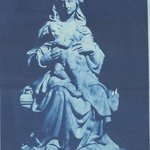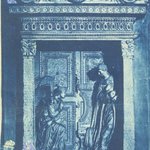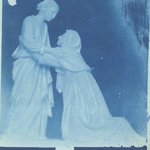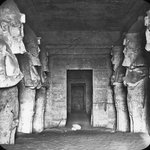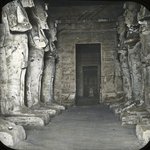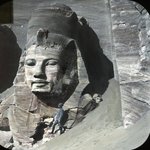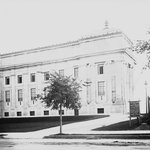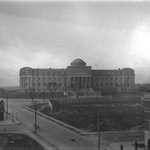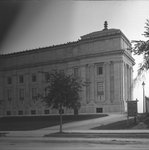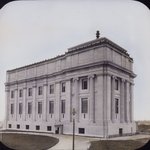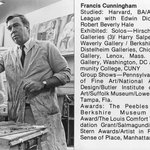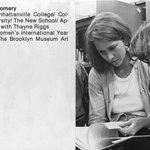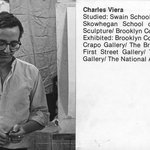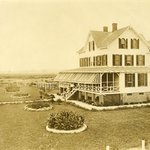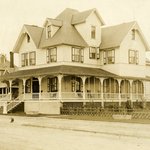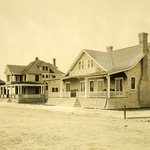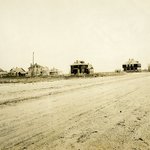Libraries and Archives
Our Libraries comprise one of the largest and oldest art museum libraries in the country. Developed to encourage understanding of the Museum’s collections and history, they parallel our global collections and are particularly strong in the arts of Africa, the Americas, Asia, ancient Egypt, and the Islamic World. The Wilbour Library of Egyptology is an important resource for the study of ancient Egypt. Library Special Collections include a full range of visual and textual documents, from fashion sketches to artist books.
The Archives contain more than fifty collections documenting the history of the Museum from 1823 through the present day. Totaling over 3,200 linear feet of records, these collections include letters, photographs, exhibition catalogues, and ephemera created by employees in all the Museum’s departments, from Audiovisual to Visitor Services.
Our Libraries and Archives are open for public appointments on Wednesdays and Thursdays, 1–4 pm. To request a time, please fill out a form for library research or email archives.research@brooklynmuseum.org for archival research.
In the meantime, peruse our Libraries Online Catalogue and Archives Collections. If you have questions about these resources, send us an email, and we’ll do our best to assist you:
Libraries collections: library@brooklynmuseum.org
Archives collections: archives.research@brooklynmuseum.org
Please consult our citation format when referencing material from the Archives.
Works in the collection of the Brooklyn Museum Libraries may be protected by the Copyright Law of the United States (Title 17, United States Code). Therefore, the making of copies, whether by photographs, photocopies, or other reproductions, may be subject to copyright laws. Images may be used only for private study, scholarship, or research. Any other use, including reproduction or publication, requires the permission of the copyright holder.
